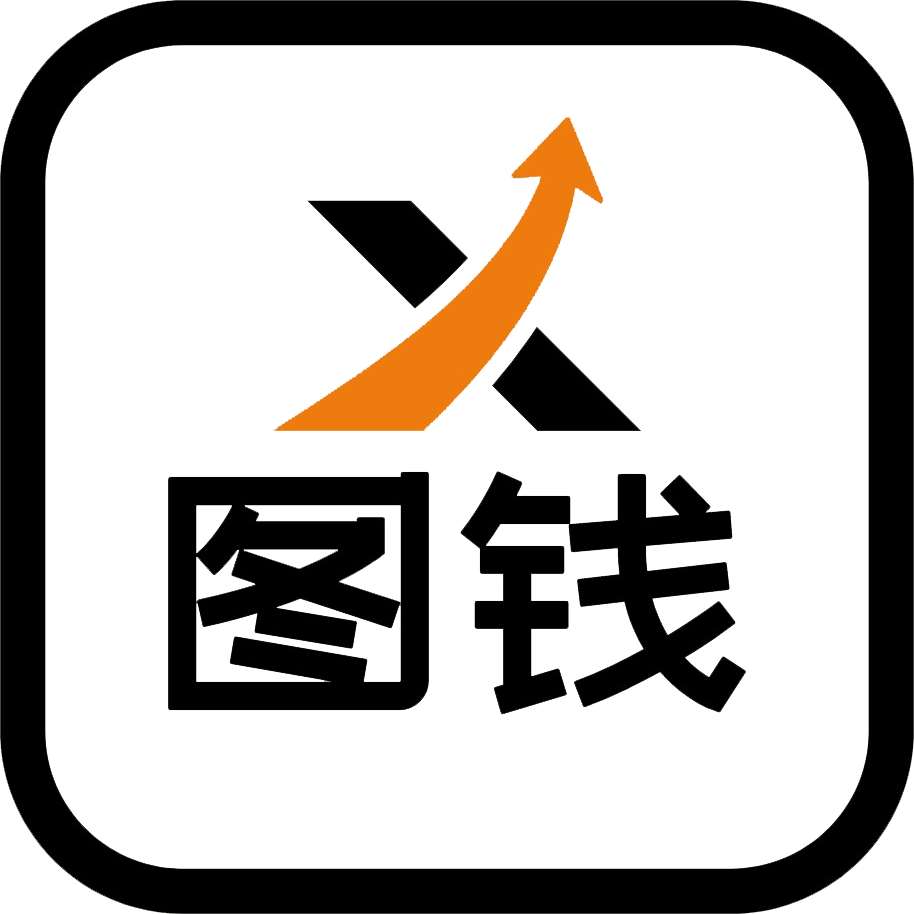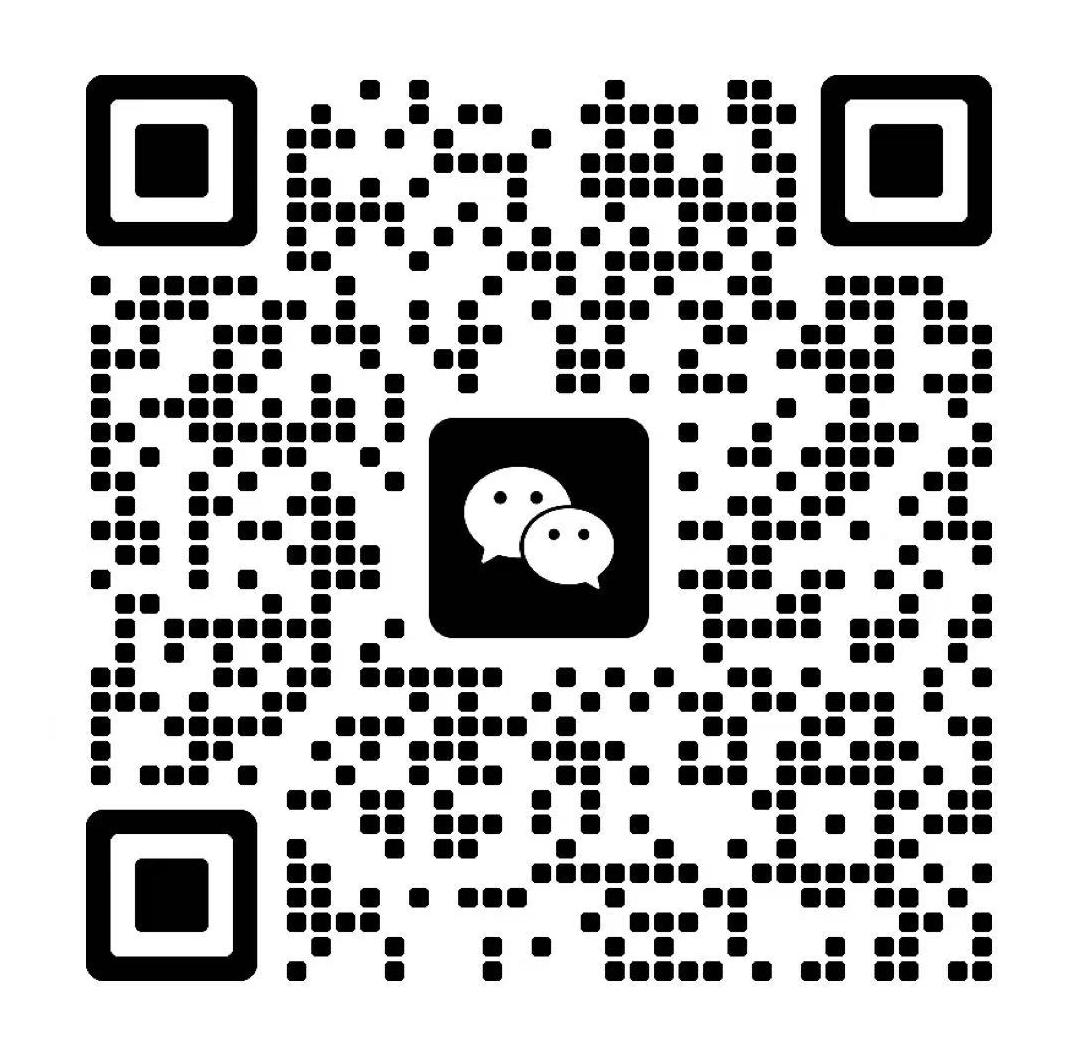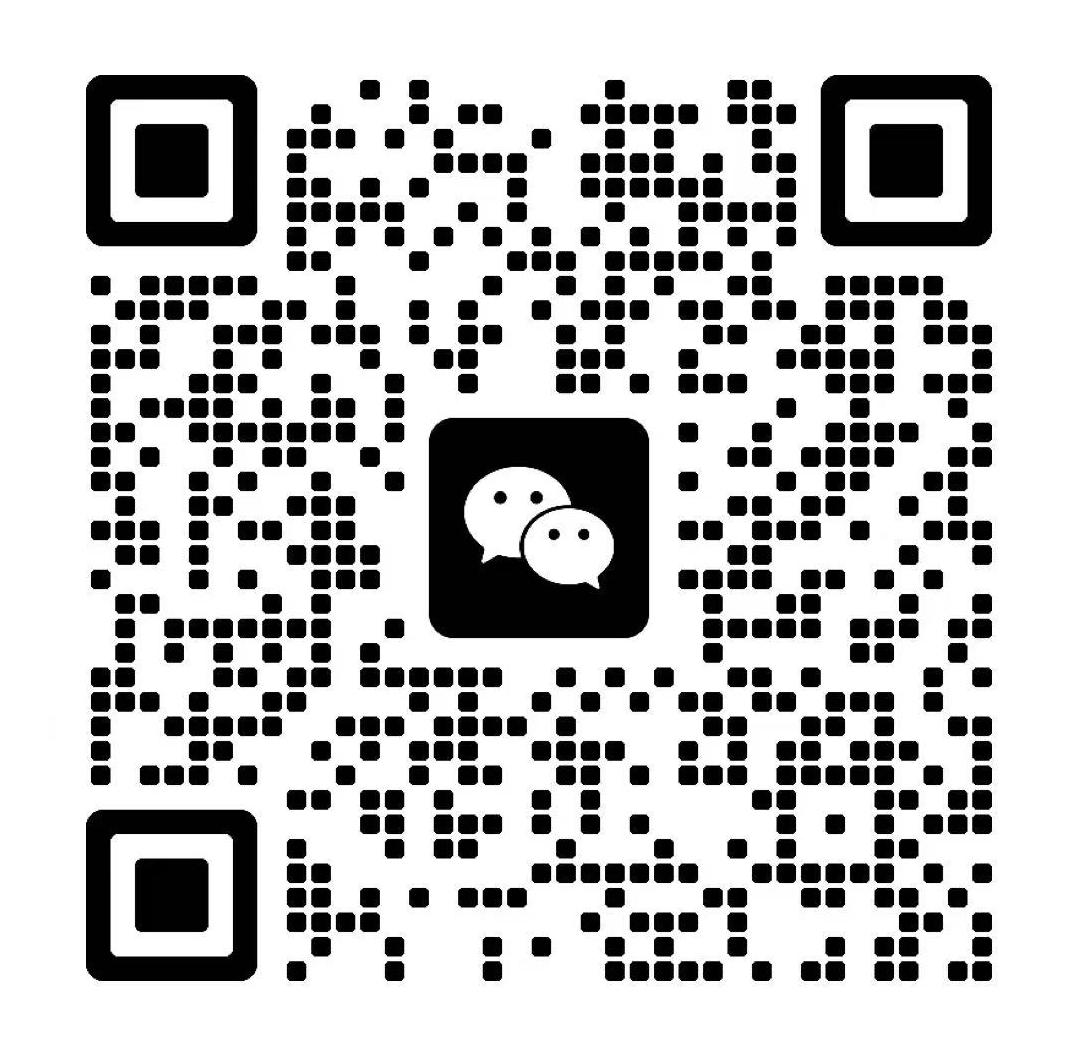Wireless transmission application solution for substation MESH self-organizing network inspection robot
In recent years, with the rapid development of my country's national economy, the demand for energy is also increasing, and the national energy construction, especially the infrastructure of new energy, is also increasing. With the rapid development of the power energy grid, the number of substations has increased dramatically. At the same time, the insufficient number of substation operators has led to many problems in substation management. By using intelligent robots to assist or even replace manual inspections of substation equipment, safety hazards can be effectively reduced, thereby achieving more reliable inspections of equipment.
Substation inspection intelligent robots are mainly used for line inspection and maintenance. They can be operated unmanned by remote control of substation staff or under established procedures. Substation inspection intelligent robots can inspect over long distances or in outdoor high-voltage dangerous environments. They can promptly detect abnormal phenomena such as defects in power equipment and hanging foreign objects, and automatically alarm or perform pre-set fault processing. Its use can truly reduce the number of personnel and increase efficiency in substation maintenance lines, and can more quickly advance the work progress of substation inspection lines and improve the intelligent level of power system management.
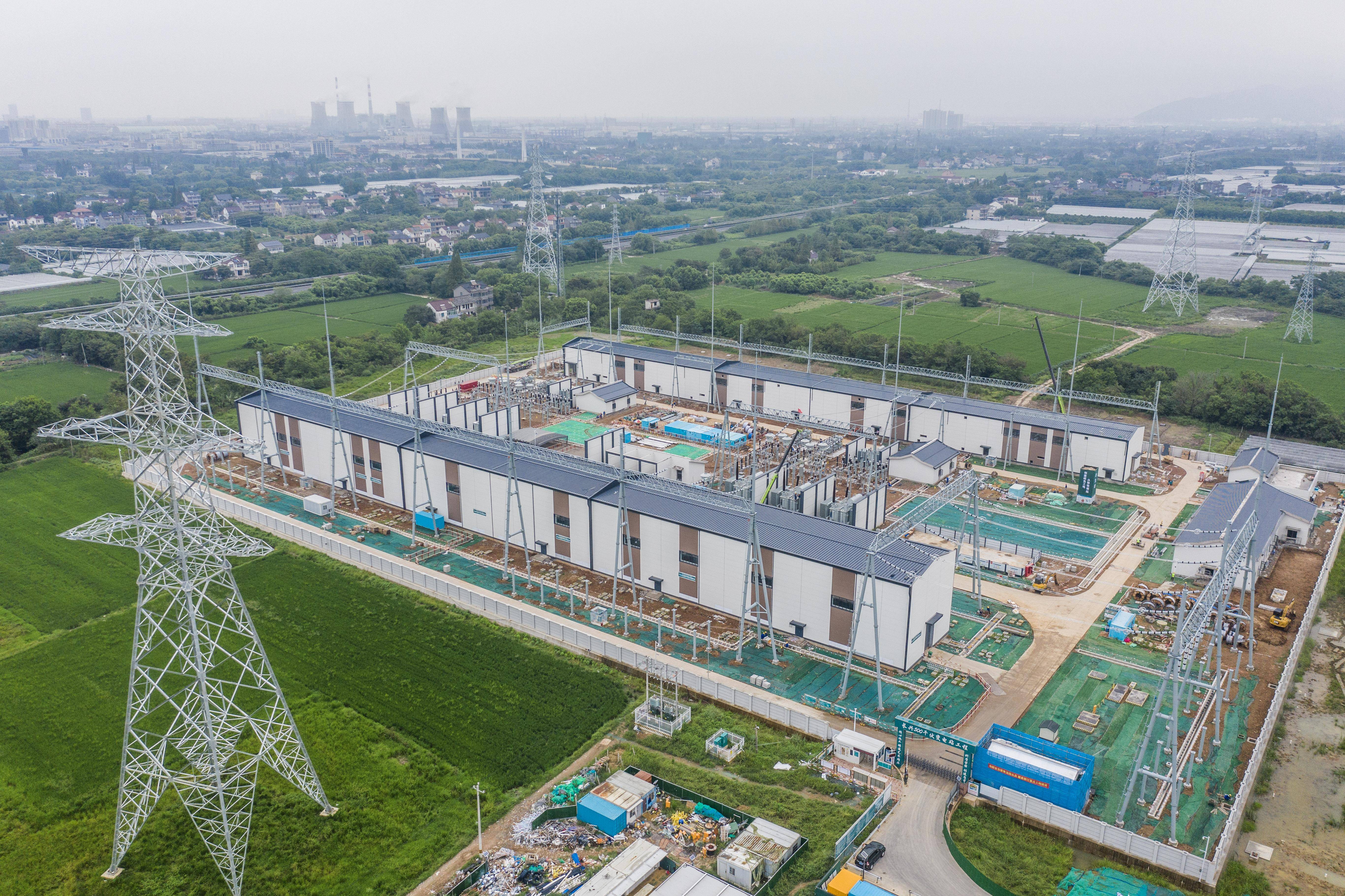
Although robots have been widely used in power inspection at this stage, the shortcomings of wireless communication technology still cause some problems for intelligent robots in power inspection work, which are specifically reflected in the following aspects.
1. The inspection robot is small, and the installation of antennas and equipment is limited.
2. Traditional wireless devices are complex to set up during networking, which increases the instability of the transmission process.
The electromagnetic signals on site are relatively complex and will interfere with the transmission signals of the inspection robot.
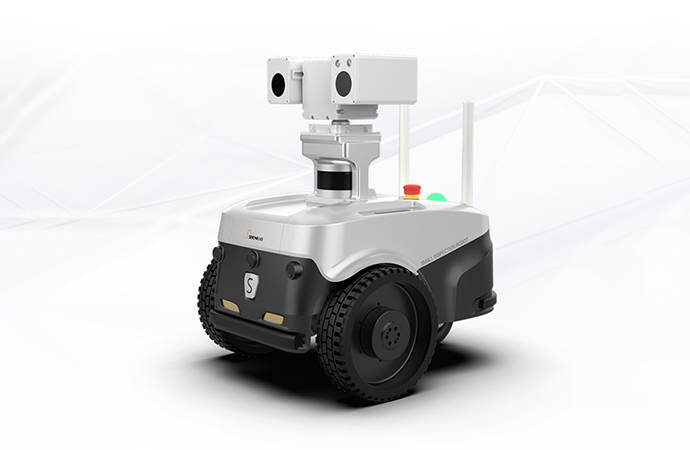
According to the special on-site conditions of the substation, our company recommends that users use MESH self-organizing network equipment for wireless link transmission. The specific solution is shown in the figure below:
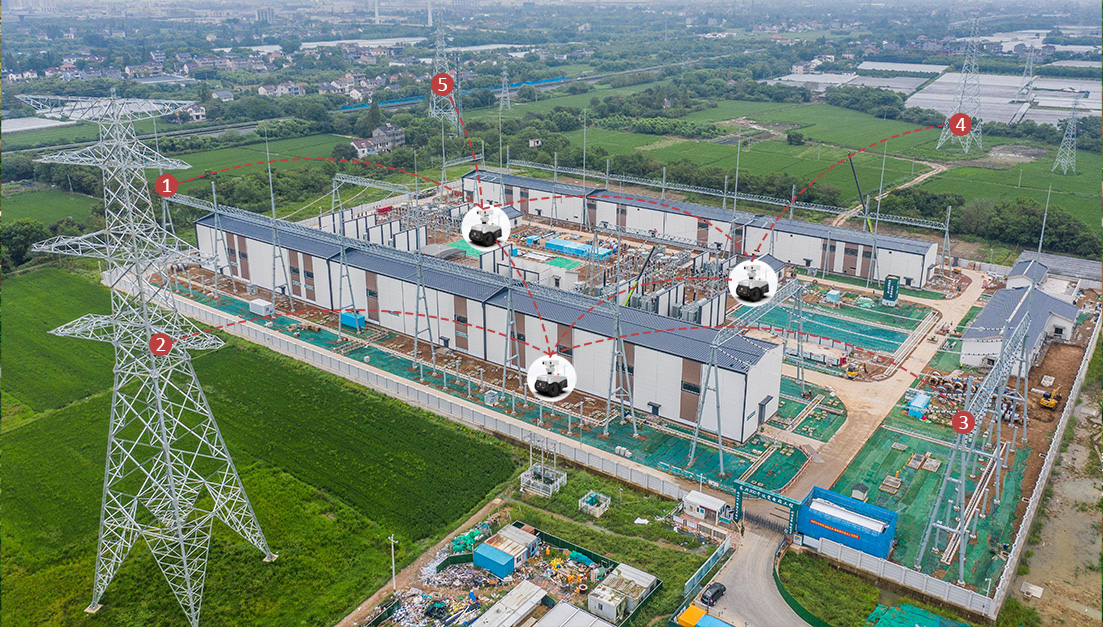
Five SF-5800M self-organizing network devices of our company are installed at the five corners of the substation, and sector antennas are used to provide wireless coverage for the substation area. The SF-5800M self-organizing network device is also installed on the inspection robot. The equipment on the robot is equipped with an omnidirectional antenna. During the inspection process, the inspection robot can freely network with other wireless devices in the signal coverage area, and use multiple wireless links for wireless transmission at the same time, effectively ensuring the stability of transmission.
Using MESH self-organizing network devices can not only realize real-time communication between robots and the background, but also realize wireless communication between robots.
Through Shenzhen Fang Technology's SF-5800M series Mesh self-organizing network equipment, the substation inspection system can achieve the effect of all-round stable transmission, which greatly improves the efficiency of substation inspection. In addition, this equipment can also be used in unmanned vehicles, unmanned ships and other fields, and plays an extremely important role in the communication of modern intelligent control equipment.
